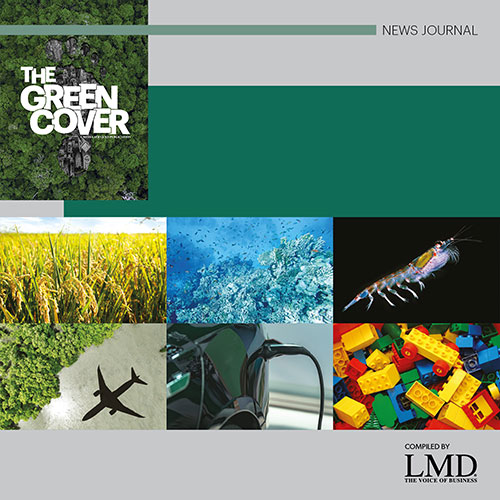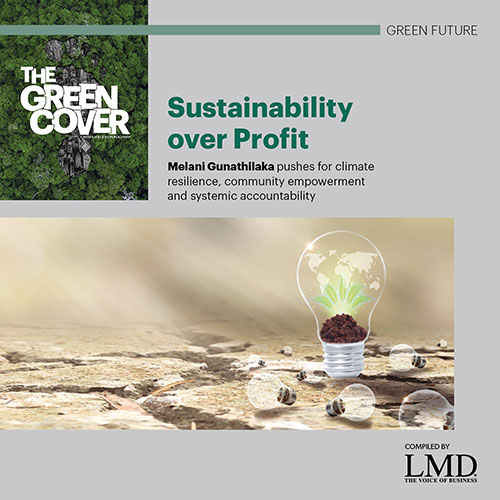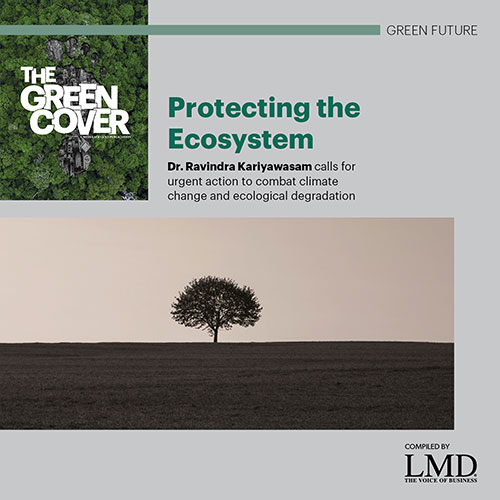Preserving Natural Habitats
Himesh Jayasinghe stresses the importance of plants and our responsibility in preserving them
“It is vital to understand the various characteristics and aspects associated with the terms habitat restoration, reforestation and tree planting,” says Himesh Jayasinghe – the Founder and first president of the Butterfly Conservation Society of Sri Lanka.
He continues: “When it comes to habitat restoration in Sri Lanka, people believe that if there are no trees in an area, they have to be planted. But if we were to do so in the Mahaweli floodplains, which has an open area without trees, it will negatively affect existing habitats as they are home to different types of flora and fauna.”
Jayasinghe explains that variations in weather patterns in Sri Lanka have caused issues for plant habitats. This includes unexpected drought seasons, which could decrease the populations of unique species that are specialised to particular habitats. The specialisation means this is a difficult challenge to contend with.
Furthermore, environmental degradation can take place through the introduction of invasive plant species. If habitats are disturbed, the populations of such species will spread. This can affect species like butterflies as they require specialised plants to lay their eggs; otherwise, they would not be able to survive in a given habitat.
“Specialised plant species usually grow along waterways and if we manage to maintain river reservations properly, we can support many indigenous plants"
“This phenomenon can be seen in some natural habitats around northern areas – for instance, Mannar. About 10 years ago, there were numerous flowers, food plants and butterflies in the region, but with today’s infrastructural developments and natural vegetation being cleared, countless invasive species have emerged, hindering the growth of food plants in these habitats,” Jayasinghe elaborates.
The plant taxonomist says: “Many plant species are thought to be extinct in Sri Lanka but if we conduct a detailed study, they can be found. In addition, a certain number of species can be found outside protected areas.”
“We have to introduce a plan to plant those species and introduce them to conserved forest areas so that they can be sustained,” he asserts, adding: “Specialised plant species usually grow along waterways and if we manage to maintain river reservations properly, we can support many indigenous plants in areas even beyond protected regions.”
In his concluding remarks, Jayasinghe stresses the importance of the role that the public plays in conserving the natural world. To this end, he calls for efforts and contributions from the people of Sri Lanka to safeguard natural habitats – especially through the adoption of sustainable practices such as the efficient use of resources from natural habitats and waste minimisation.








